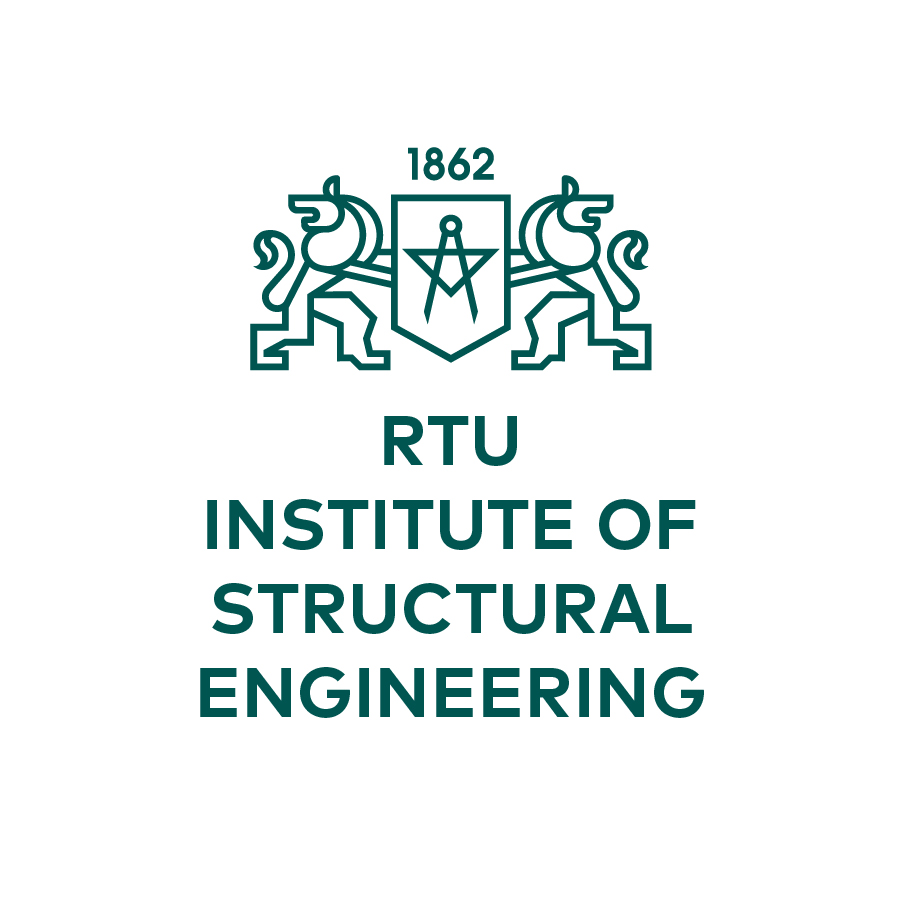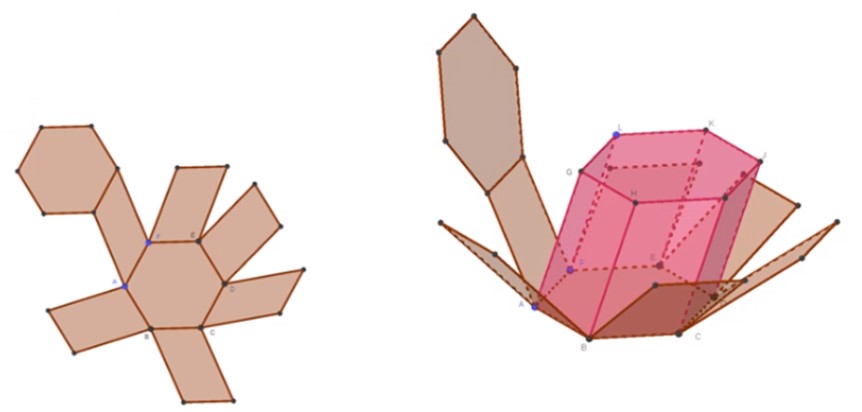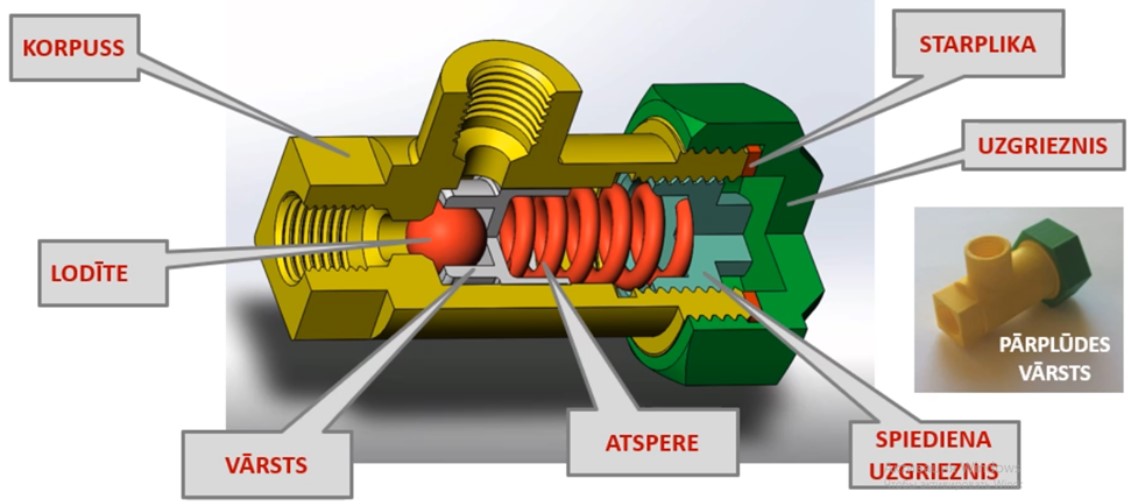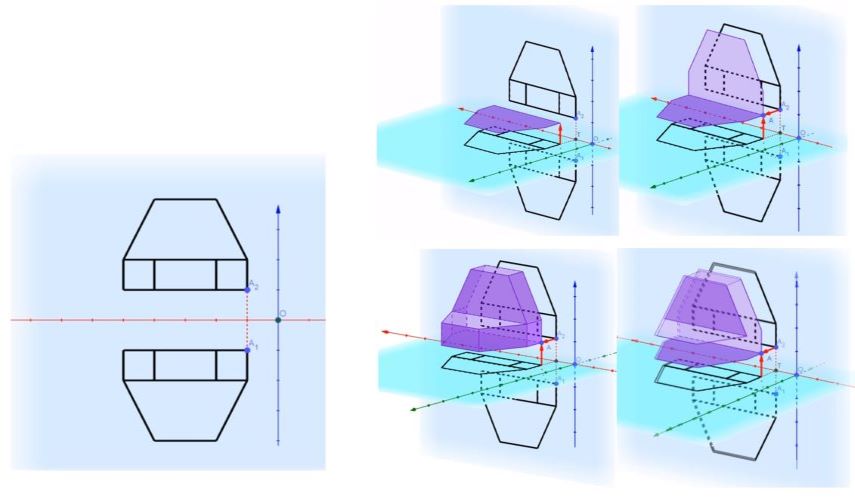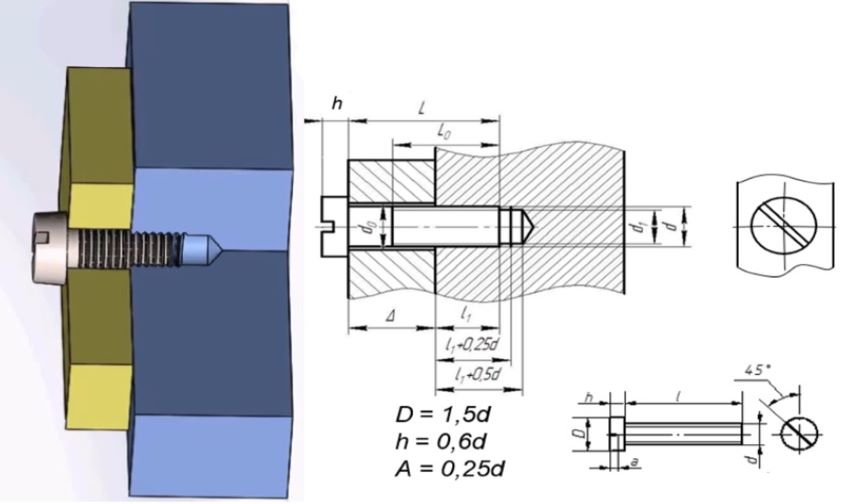Improvement of spatial understanding
The quality of modern engineering education is directly related to students’ ability to create and understand civil engineering schemas, which is essential for their success in their future professional careers. The visualisation of geometric problems helps students to understand and solve given geometric problems. Augmented reality (AR) will provide new, modern opportunities to teach the current generation of students. AR applications allow a much faster understanding of complex spatial problems and relationships, bringing significant benefits to students in their learning process. Augmented reality is a new technology that allows simultaneous interaction with the natural world and virtual objects.
The aim of this research is to develop a didactic toolkit that includes a set of hands-on exercises with 3D objects prepared for AR environments. The didactic toolkit helps staff of vocational schools, colleges and universities teaching engineering graphic subjects to gain practical experience in solving visual tasks. This will help to improve the quality of visually-based education. The AR didactical toolkit creates an attractive teaching methodology and increases students’ motivation to study engineering through visual subjects.
SOFTWARE: BIM un PLM concept-software, AutoCAD, Revit, ArchiCAD un SolidWorks.
Projects implemented:
- Development of interactive and animated drawing teaching tools, DIAD-tools, 01.10.2017-31.03.2020
- A modern method for the development of spatial awareness through augmented reality technology, SPACAR, 01.11.2019-30.04.2022
- Educational platform with open resources for online learning and assessment of graphical representation systems, EDRAWTECH, 01.03.2022-29.02.2024
